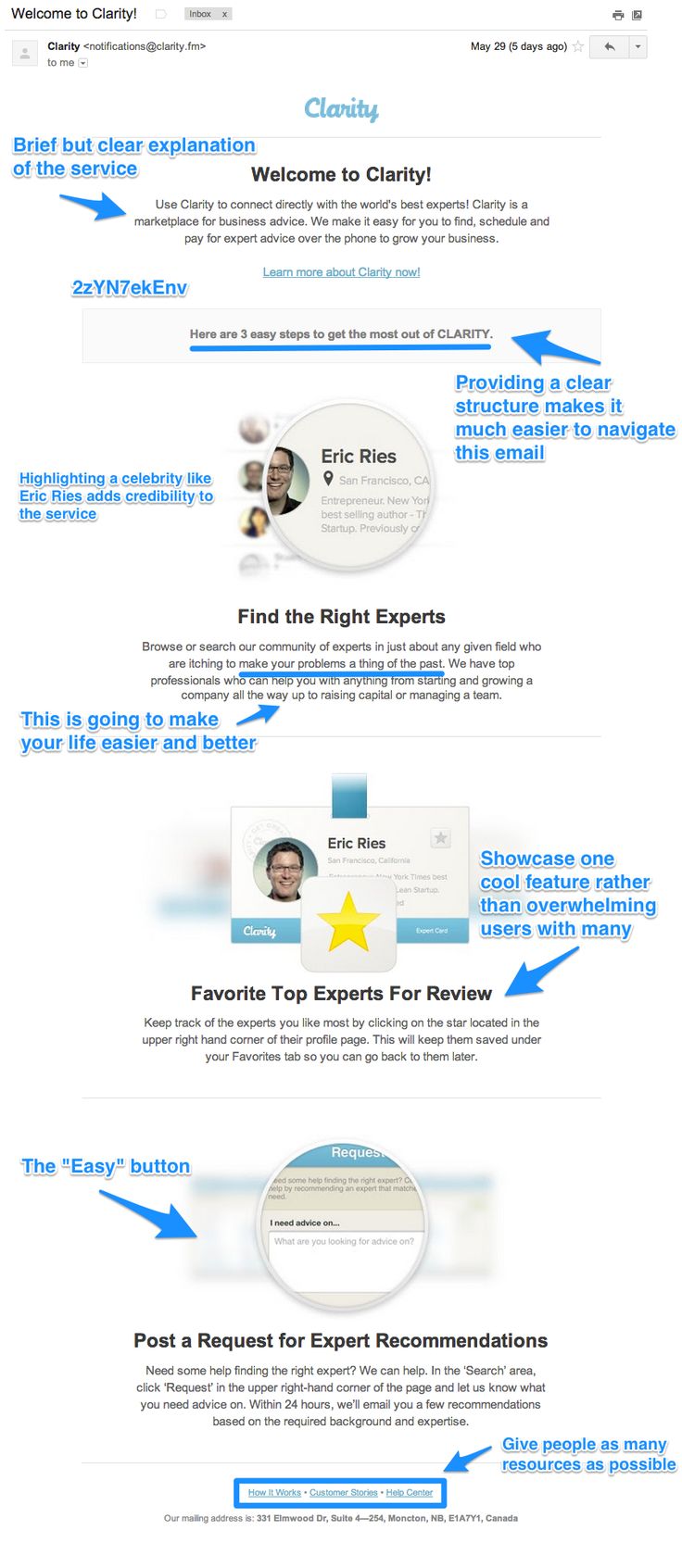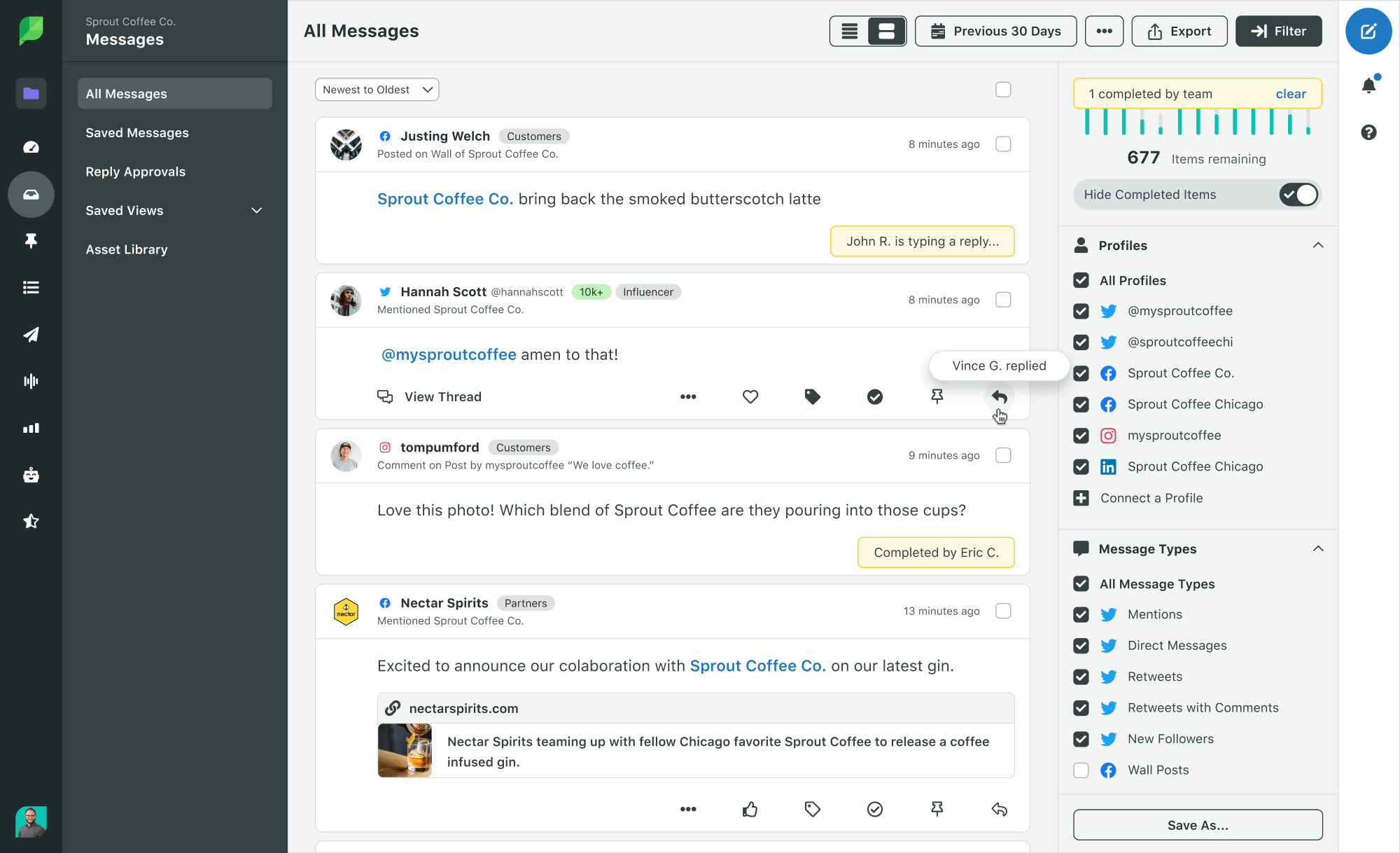
Content marketing is about using content to reach customers at every stage of their life cycle. Content marketing is not about advertising campaigns. It's about creating a narrative to appeal to readers and make their lives easier. Here are some benefits to content marketing. Continue reading to find out more about content marketing. We hope you find the information useful. We wish you a happy marketing experience! Let's get started!
Content marketing is an approach to achieving customer and business goals using content that spans the customer lifetime.
It has become more important to design a strategy to meet the needs of a diverse range of customers and buyers, as both consumers and business to business buyers are increasing in number. Content marketers must be aware of their customers and products in order create content that resonates. Content marketing must aim to attract customers at the right locations and times with the correct content.
Although content marketing offers many benefits, they also require a strategy. Once you've determined the goals of content marketing, you can start developing your strategy. Content should provide value for the consumer, not interrupt them. It should give useful information, help consumers use products more efficiently, and entertain them. Without being promotional, content marketing can help you reach your customer and business goals.
It's not about advertising campaigns
You may have heard of content marketing, but are you aware that it is not about advertising campaigns? Content marketing focuses on building long-lasting relationships and connections with your target audiences. To be effective, content needs to be relevant to your target audience and provide useful information. Here's how content market can help you do this. Every article does not have to be a sales pitch. It should solve a problem for the consumer.

Content marketing builds brand awareness. This builds trust and consideration among those who might not purchase from you. This makes it easy to reach the right people and convert them into buyers. Content marketing is not limited by the limitations of advertising. It can also be very effective for brands that don't have the budget to spend a lot of money on advertising. But, it is harder and takes more time.
It's about crafting a narrative that appeals readers
A good story goes beyond a plot. Good stories inspire people and convince them to do something. Content marketing is a complex business. You must consider many aspects such as search engine optimization, distribution and promotion. Here are some important points to be aware of. This article will discuss the essential aspects of telling a great story. Your goal is not to promote a product or brand. Instead, your goal must be to increase interest in that product.
People are emotional creatures. Brands can appeal to the emotional side by telling stories and connect with customers on a deeper basis. Unlike advertisements, which are typically very bland, stories inspire action. By relating to readers, you can transform dull content into content that prompts a specific reaction, like making a purchase. Stories can elicit an emotional response which in turn can lead to desired outcomes.
It's about helping customers improve their lives
Instead of focusing on content marketing as a promotion tool, content marketers need to focus on providing value and useful content for their audience. Brands that succeed make their stories about people, not them, are the most effective. Instead of talking about the products, they should concentrate on helping customers improve themselves and the world around. One of the most influential people in the field of content marketing is Ann Handley. She believes content marketing can work in both online as well offline settings.

Businesses that provide valuable content and have expertise are preferred by consumers. Additionally, consumers want industry experts who can help them solve their problems. Your audience will trust you if you publish quality content. Consumers will often buy after they have learned more about the solutions offered and are familiar with the brand. Content marketing can help gain their trust, and eventually lead to them buying your product. This strategy has numerous benefits.
FAQ
How long should my content marketing campaign be expected to last?
This will vary depending on industry and the type of product/service offered.
You might spend a month designing a new style of shoe if you're selling shoes. For example, you could launch your new product in August. You may then continue to update it throughout each year.
If you're selling clothing, you might design one look for fall and another for spring. Your goal is continually offer something fresh so your audience never gets bored.
The length of time that your content marketing program lasts depends on your goals. For small-scale businesses, you may only need to focus on one channel. To reach large audiences, larger companies might need to consider several channels.
Content marketing: Where do I begin?
Start by identifying who your audience is. Who are they exactly? What are their needs What can you do to help them? When you understand who you are writing for, it is easier to decide where to direct your efforts.
Why is a Content Marketing Strategy necessary? Why not just post social media updates or send emails?
There are two main reasons why you might not want to use a Content Marketing Strategy.
-
It might seem that social media posts and email marketing are sufficient to get people talking.
-
If you haven't tried email marketing or posting on social media, you might assume that this type of content isn't practical.
Both of these assumptions are false.
Email marketing and social networking posts can be great tools for communicating with customers and prospects. However, these are not sufficient.
An email campaign alone won't help you reach your goals. Your email campaign should be part a larger strategy. And social media posts alone won't help you achieve your goals either. They need to be part of an overall plan.
This is where the Content Marketing Strategy comes into play. You can manage your entire content creation by creating a strategy with clear objectives.
You'll have more time to concentrate on other important aspects of running your company, such as growing your audience and increasing conversions.
A Content Marketing Strategy is a great tool, but it doesn't necessarily make it easy.
But, when you have a strategy in place, it makes all the difference.
Statistics
- To further show the importance of this, 89% of people have stopped doing business with a company because of a poor experience. (neilpatel.com)
- Seventy-two percent business to business (B2B) (mailchimp.com)
- Forty-seven percent of buyers view 3 to 5 pieces of content before engaging with a sales representative. (mailchimp.com)
- According to the Content Marketing Institute, 70% of B2B marketers and 86% of B2C marketers surveyed use content marketing in some form or other. (criteo.com)
- Content marketing produces 3X more leads per dollar spent. Content marketing costs 62% less than traditional marketing. (criteo.com)
- Measure your goals with a progress indicator of 0-100%. Make your goals collaborative and transparent (semrush.com)
- According to research compiled by Coschedule: Companies that publish 16+ blog posts a month get as much as 3.5x as much traffic as those that publish 0-4 posts a month. (criteo.com)
- Progress indicators (0–100%) allow each team member to see how attainable each goal is and understand what remains to be accomplished. (semrush.com)
External Links
How To
How to create stunning images
Images can make your content stand out among others. Images are one the best ways to visually communicate ideas. They are great at grabbing attention and increasing engagement. They make complex concepts easy to understand and can also be useful in highlighting key points in written content (e.g. blog posts, social media updates etc.). ).
Images can be used to enhance a presentation or piece of writing. They can make it more interesting and alive. However, if you don’t know what to do with the image you choose, your results could be less impressive. This article will provide tips on how to choose the best images possible for your next project.
-
You need to know what makes an image look good. Before you look at photos, there's a lot you need to know. First, make sure you choose clear and concise images. A cluttered photograph won't sell it. It won’t grab people's attention as well as a simple and clear one. It's important to avoid taking photos of people who are not smiling or looking into the camera. This gives the impression that you aren't really interested in what you have to say. You want the image to not distract from what you are trying to convey. It should not draw attention away from the content.
-
Look for inspiration. Once you've got a list of potential candidates, it's time to go through them and find those that catch your eye. You should first look at their captions. You may see captions in both the photo and the text. You want to make sure the caption is clear and interesting. Pay attention to what the photo is referring to. Is this a place you would expect to see people having fun? Maybe it seems dangerous. Perhaps it's a place you don't associate with happiness. No matter what the reason, consider why you like this image and how it connects to the message you are trying to convey.
-
Check out different types and sizes of images. One of the biggest benefits of using images in your content is that they allow you to highlight certain aspects of your text. An example of this is if you write about a product and want to show it in action. An image that shows the data in your infographic may also be helpful. These kinds of visual aids will help draw readers closer to your information, as they'll feel more connected to what you're sharing.
-
Use the right format. The file format you use is one of the most important things to consider when choosing images. Two file formats are available when you work on web pages. Each file format has its advantages and disadvantages. JPEG files can be used on websites as well as social media posts. They work particularly well for photos, as they store large amounts of data in a small space. However, they tend to lose quality over time, meaning they become pixelated after a few years. GIFs can be used for graphics and animation because they are smaller than JPEGs. They are not suitable for photo use because they do not support transparency.
-
Add other visuals. You might consider adding other visuals to your content. Because it creates a distraction-free space for your readers, this can greatly improve the effectiveness of your article. This means they're less likely to click out of the page while reading your article. Infographics are a great way to add visuals to your website. Infographics are a popular way to quickly share lots of information. Additionally, infographics often include lots of photos, making them great for adding to your blog posts.